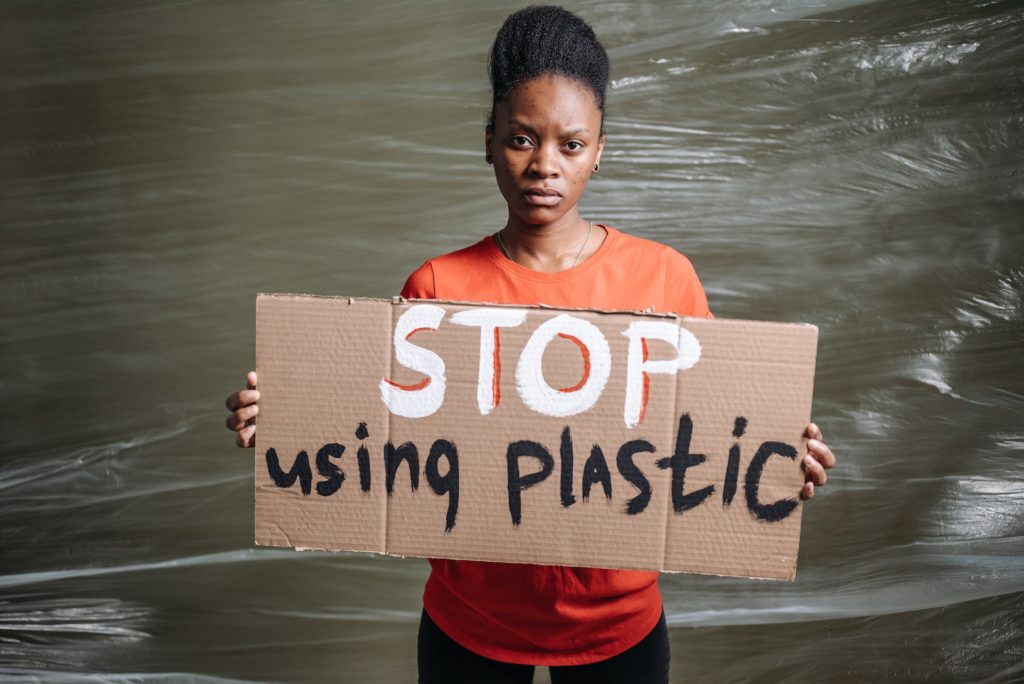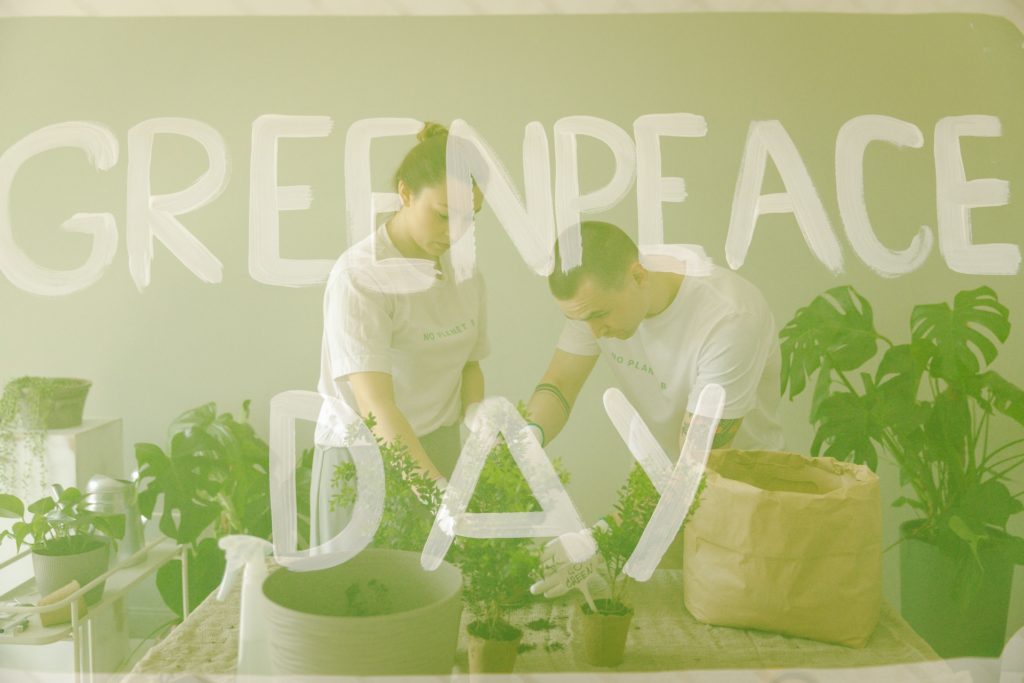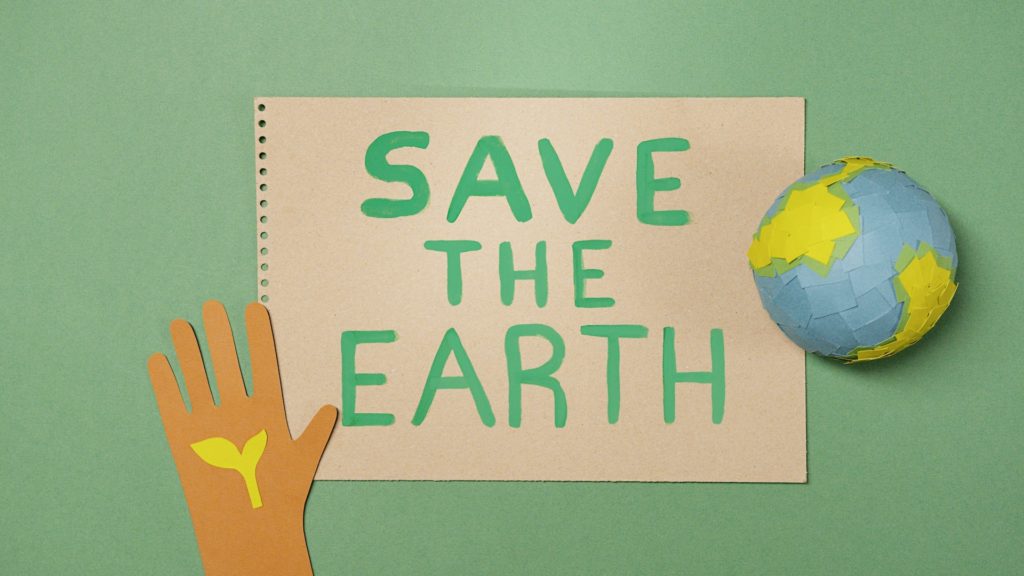Over the years, the beauty industry has been challenged on ethical grounds. Nowadays, fewer people use conventional beauty products because of issues such as unnatural substances, chemicals, and animal testing practices.
More people now opt for eco-friendly beauty products without having to sacrifice their hobbies, interests, and lifestyles for the sake of staying safe and keeping the environment clean.
To make more informed decisions about the brands and products they choose, consumers of the beauty industry need to know the industry’s environmental and health impacts.
Various factors have contributed to the decline of makeup in recent years. The cosmetic industry is experiencing a downward trend in popularity, even though approximately 39% of women wore makeup in 2019.
In today’s world, people tend to opt for eco-friendly beauty products and use less makeup. The cosmetics industry has a long history of causing environmental and health problems.
11 Environmental Problems the Beauty Industry Faces

Besides promoting overspending and waste in the beauty industry, fast fashion has a negative environmental impact as well.
In the beauty industry, there are several eco and ethical concerns:
1. Packaging that is not recyclable
The beauty industry faces a lot of packaging challenges. It takes nearly 1,000 years for mixed materials to decompose, and a lot of it is single-use plastic. We must aim for a zero-waste lifestyle.
In addition, every year eight million tonnes of plastic are dumped in the ocean (they don’t all come from beauty products). Consequently, the food chain is contaminated, sea life is devasted, and pollution results.
2. Chemical toxins
Packaging isn’t the only thing that’s bad for the environment. Cosmetics contain toxic chemicals that cause ecosystem degradation and the death of aquatic life in the ocean when they get washed down the drain.
In chemical-based sunscreen, oxybenzone and octinoxate can cause coral bleaching by contributing to its effects. In the absence of new disturbances such as cyclones or re-bleaching, coral reefs can recover from bleaching within 9-12 years.
3. Water wastage
The beauty industry wastes a lot of water. This ingredient is the most widely used in the industry. Future usage is feared to exceed supply, which is a concern.
From showers to daily skincare routines, we waste a lot of water using these skincare products. Shorter showers and only turning on the tap when needed are some solutions.
4. Air pollution
Many pollutants from the skincare and beauty industry can enter our environment through perfumes, hairsprays, deodorants, etc.
Chemical vapors emitted by scented products are similar to those emitted by cars, according to an American study published in the journal Science.
Volatile compounds are called VOCs. Ozone pollution is toxic for our health and the environment when VOCs interact with other chemicals in the atmosphere. In our homes, VOC concentrations tend to be highest, affecting the quality of our indoor air.
5. Unethical sourcing of ingredients
Clean beauty products are popular for their natural ingredients, but if those ingredients are unethically sourced, they are not always a good thing. Always buy from companies that use eco-friendly ingredients and a sustainable green initiative.
Unsustainable ingredients like palm oil contribute to widespread deforestation and climate change. Not just skincare products, but about half of all consumer goods contain palm oil. However, boycotting palm oil isn’t the only solution.
It takes more land and resources to produce alternative oils like rapeseed, soybean, and coconut. There could be negative environmental consequences if we switch to any of them.
6. Trading exploitatively
In the beauty industry, fair trade applies as it does to any commodity, and sadly, there have been abuses.
A good example is mica, which is used in cosmetics and car paint because of its shimmery appearance. Mica from Indian mines is illegally sourced using child labor.
As well as shea butter production, vanilla production, silk production, copper production, and cocoa production, child labor has also been used.
7. Animal cruelty
Even though animal testing is not a requirement in many countries, it has been a feature of the beauty industry.
There is no doubt that this is a positive step, but the term ‘cruelty-free’ remains ambiguous. Finished products are considered cruelty-free.
Cruelty-free beauty products can have their ingredients tested on animals, even if the manufacturer has not tested them on animals.
8. Plastic pollution
There is no doubt that cosmetic containers contribute in no small way to the 8 million tonnes of plastic that enter the ocean every year. Some plastics wash ashore and become eyesores; however, the effects of plastic pollution are more devastating.
There is a severe environmental problem associated with plastic waste. Land and water bodies are both a source of pollution due to plastic waste. The plastic material cannot decompose because it is not biodegradable.
Despite this, photodegradation causes it to break down into microscopic particles. Based on the type of plastic produced by the beauty industry, this process can take between 100 and 500 years.
If the waste trend continues, there will be more plastic in the oceans by 2050 than fish, according to the UN environmental program (UNEP).
9. Microbeads
In the beauty industry, a product’s plastic packaging is not the only source of plastic pollution. Microbeads are also present in the products themselves.
In exfoliating products such as body scrubs, we commonly find plastic microbeads. The particles are no bigger than 5mm in diameter.
The disposal of microplastics into water bodies is a result of the use of products containing microbeads. Fish and humans swallow them after they attract toxins.
10. Loss of forests
A large area of natural forest has been cleared to provide plantations for the beauty industry with an abundance of plant-based raw materials. Forests help in reducing the carbon footprint.
Aside from cutting trees, they also produce a lot of cardboard boxes, paper wraps, and packing tissues, which consumers throw away as soon as they use them.
Several factors have contributed to global warming, including large-scale industrial deforestation. Cutting down of trees releases carbon dioxide back into the atmosphere since they act as carbon sequesters.
The rapid deforestation of forests has negative effects on biodiversity as well as climate change. Wildlife and native plants are declining. There has been a 68% decrease in wildlife population since 1970, according to the World Wildlife Foundation. Sadly, this trend continues to this day.
11. Destruction of coral reefs
We eventually wash off every cosmetic we use and it ends up in the ocean. Many products contain harmful chemicals that damage the environment, such as shampoos, sunscreens, creams, and lotions.
Endocrine disruptors and cancer-causing chemicals such as parabens and triclosan are among the worst offenders from the beauty industry.
Despite being one of the world’s most valuable ecosystems, coral reefs are subjected to 4,000 to 6,000 tons of sunscreen a year, according to the National Oceanic and Atmospheric Administration.
The Health Consequences of Poor Environmental Practices in the Beauty Industry

There are plenty of makeup brands in the beauty industry that do not follow suit with their sustainable efforts, even though a few cosmetic companies are making sustainable efforts.
Many problems within the cosmetic industry have devastating environmental impacts, including excessive packaging, plastic pollution, and unsustainable resource consumption. The beauty industry alone produces 120 billion units per year.
Natural disasters and extreme weather events can increase as a result of these poor environmental practices. In addition, they can negatively impact your health.
Increasing waste emissions will lead to more long-term health problems. Asthma, birth defects, infectious diseases, cardiovascular disease, and even cancer can occur.
It is important to note that plastics do not break down, and the microplastics that are created from cosmetic waste are detrimental to our planet and the well-being of all people living here.
Toxic chemicals are often present in them, and the more they end up in landfills and oceans, the harder it becomes to avoid them.
The beauty industry continues to impact the environment and human health regardless of whether you love wearing makeup, wear it occasionally, or opt for a more natural look.
Positive, healthy changes within the cosmetic industry will be more likely to occur as more people educate themselves about these issues.
What Can You do to Help?

Our planet is as beautiful as our bodies, and we should care for it as much as we do. Changing your beauty routine and making simple changes can help push the sustainable cosmetics agenda forward by:
- Make the switch to natural beauty products
- Choose sustainable beauty brands
- Use reusable wipes instead
- Be aware of the impact of your consumption habits and routines.
- Make sure you avoid using products containing unstainable vegetable oil or palm oil
- You should avoid sunscreens containing Oxybenzone
- Invest in plastic-free products
- Use recycled paper, glass, or tin for product packaging
- Encourage businesses that offer refills to be proactive
- Lower your carbon footprint by purchasing cosmetics from local companies
- Avoid animal-tested products from the beauty industry
Conclusion
As a business owner, you can reduce your environmental impact, save money, and attract sustainable customers to your company by using products from a beauty industry that prioritizes sustainable practices.
Sustainability in the beauty industry is now becoming the norm, not the exception, so it is important to start thinking about it now. Future eco-beauty leaders will eclipse their predecessors today. Governments also have a role to play.
You can achieve some wins today if you take small steps now and see sustainability as a journey. When you use products from the right beauty industry, you will avoid overwhelming yourself also be able to continue your journey toward greater sustainability.







